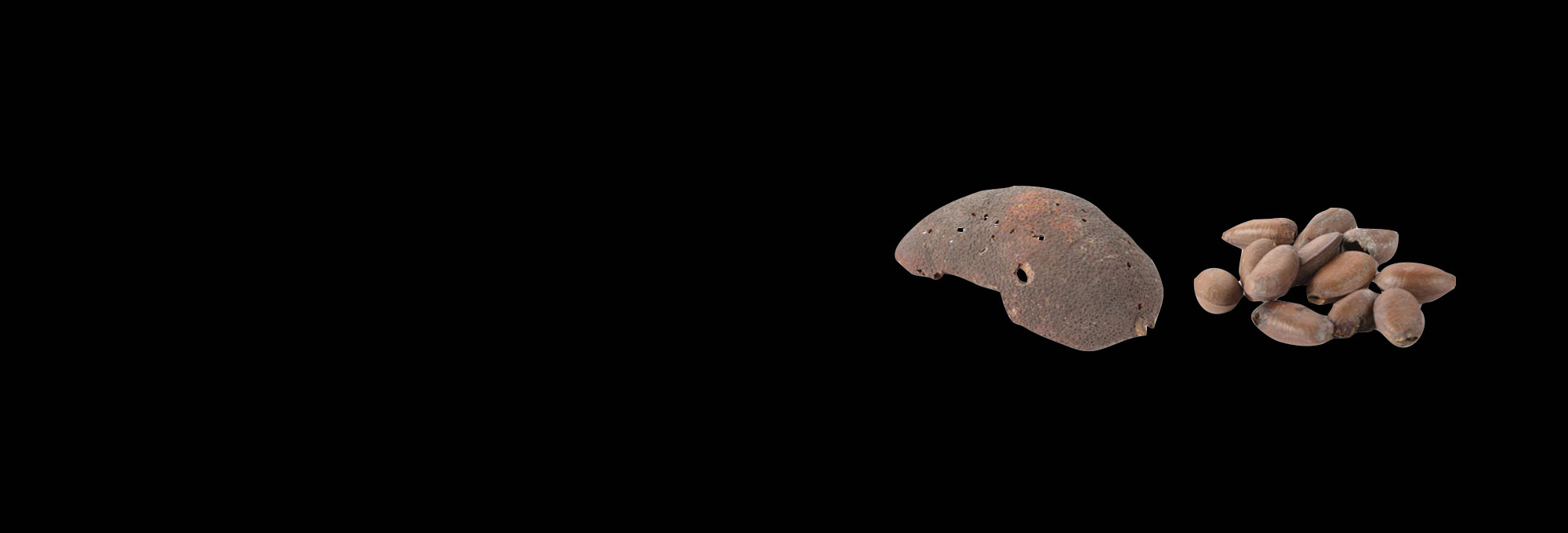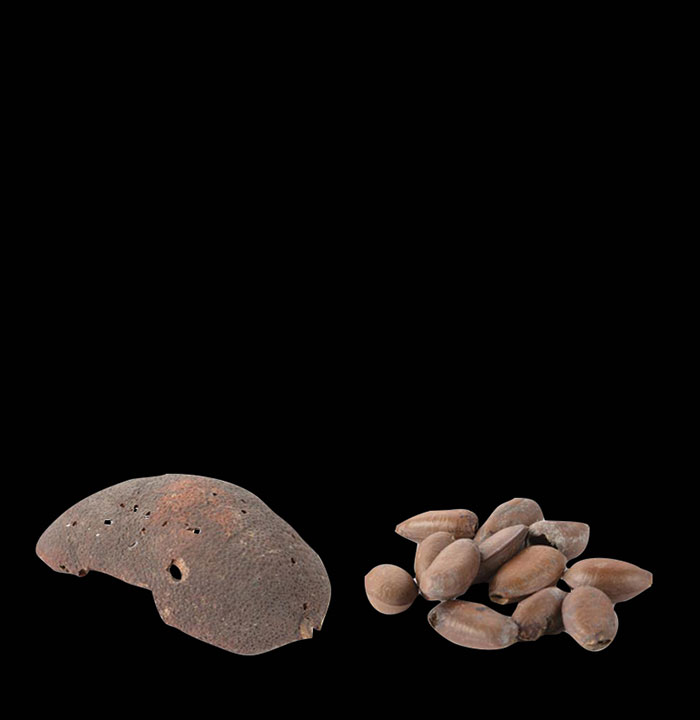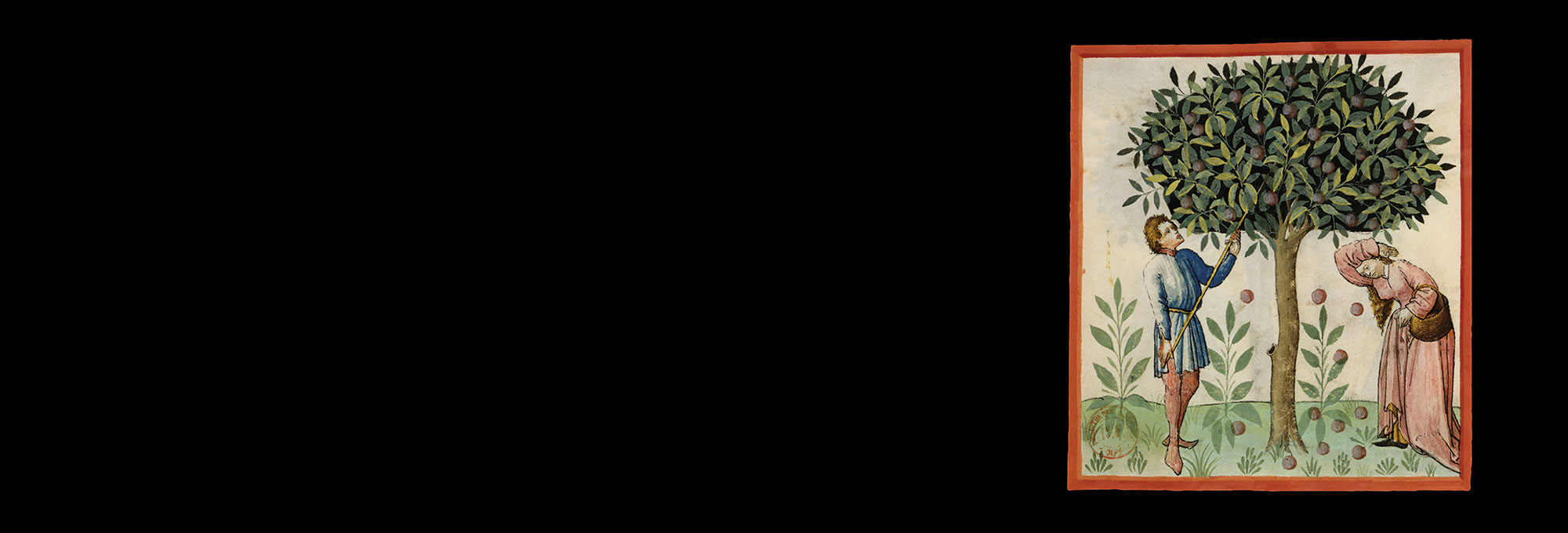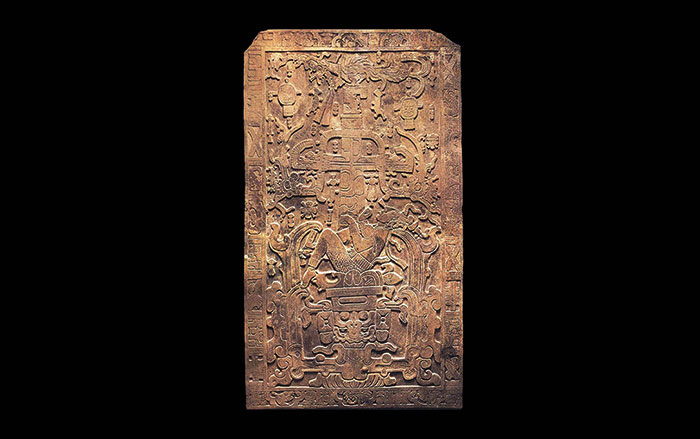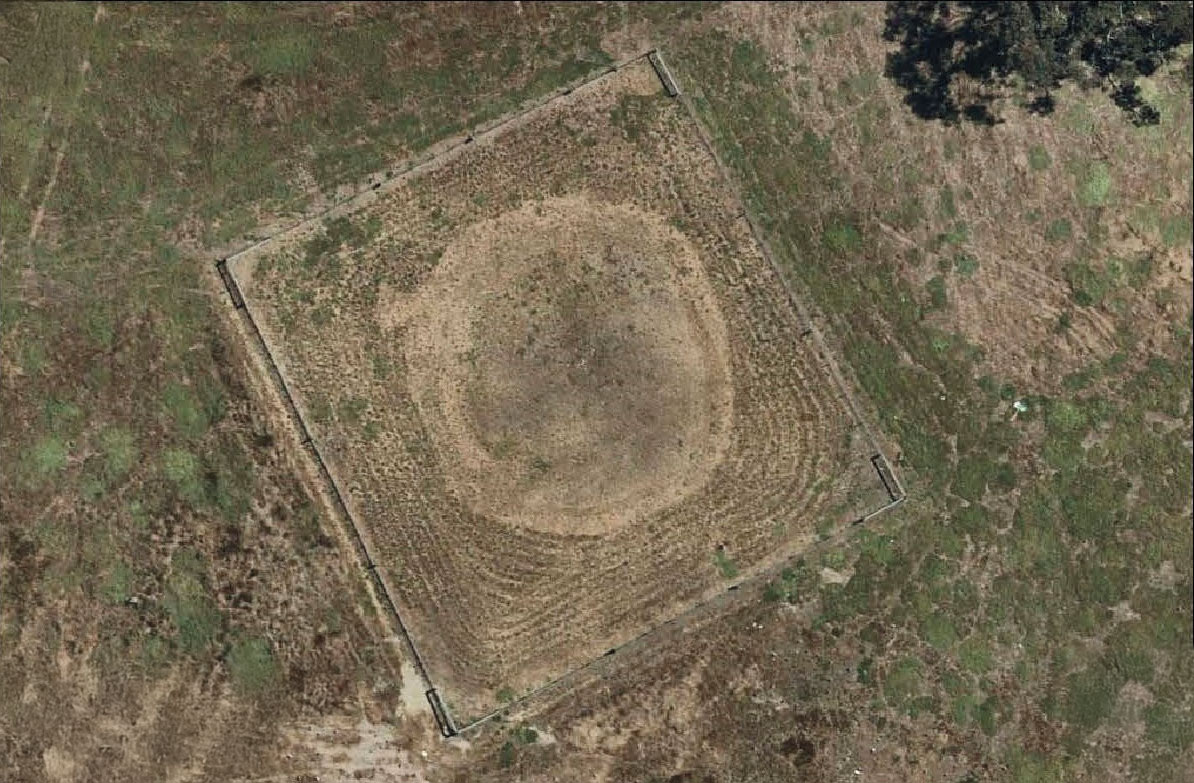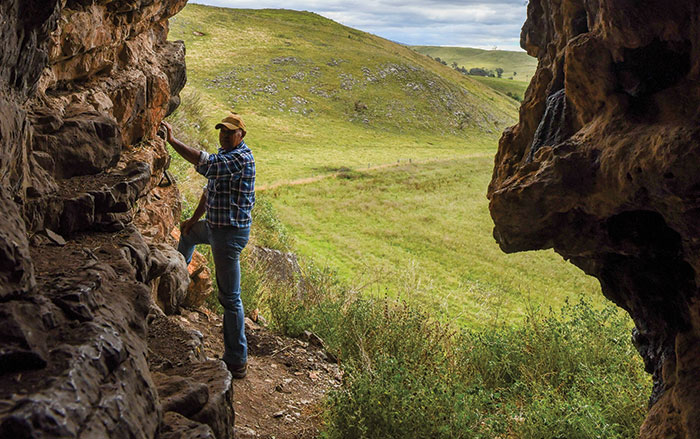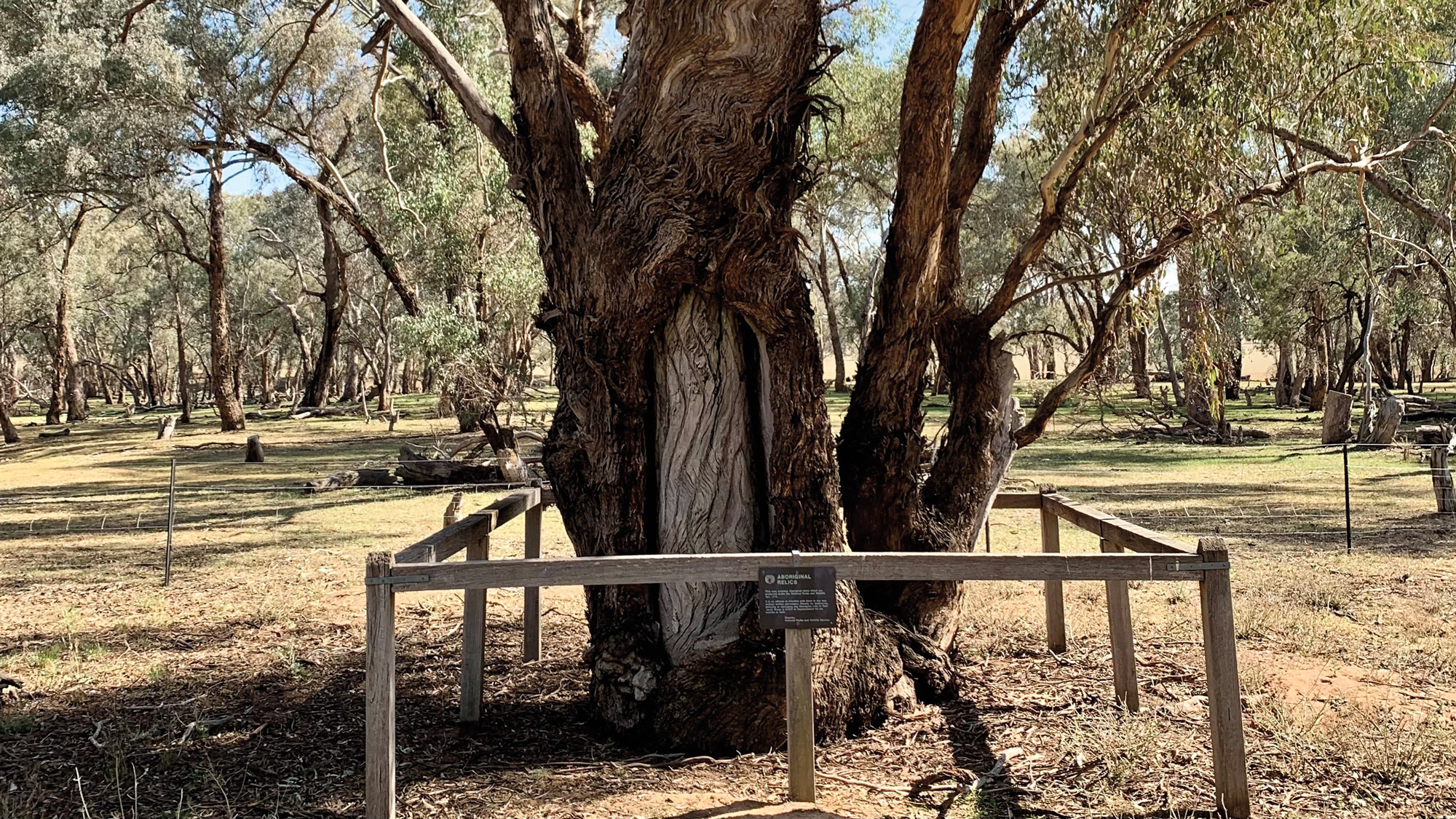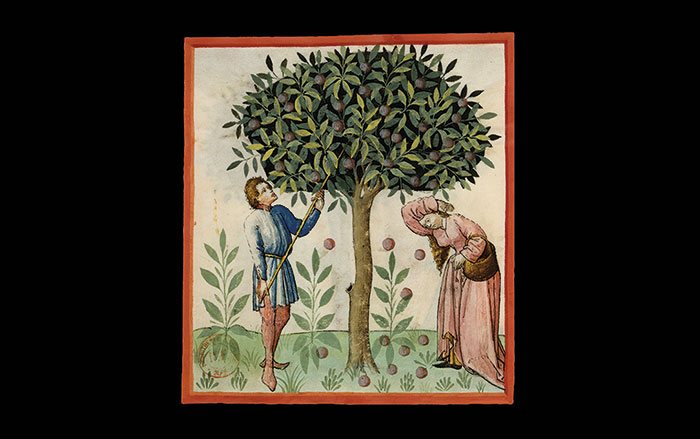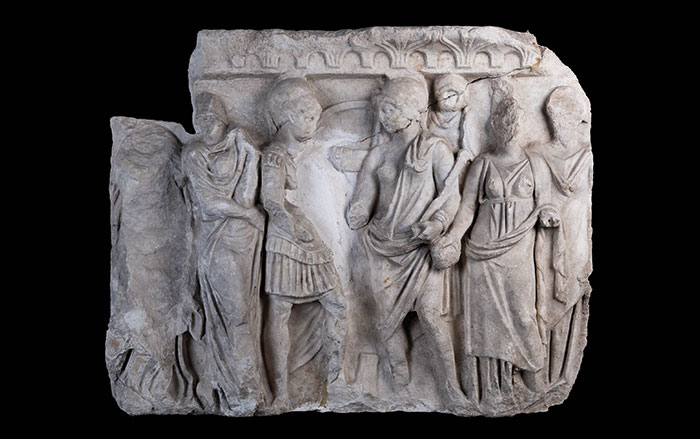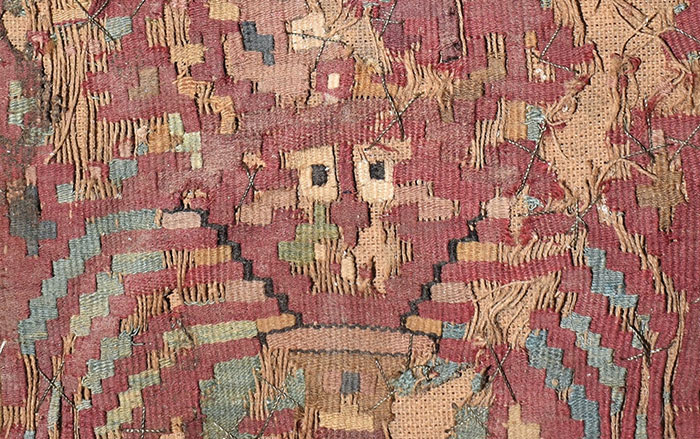
Hyde Park Barracks was home to two nineteenth-century institutions for women: the Female Immigration Depot, which housed newly arrived immigrants who stayed for a short time before joining their families or other households as domestic workers, and the Asylum for Infirm and Destitute Women, which housed women unable to support themselves. The official diet served in these institutions was bread, meat, and boiled vegetables, but archaeological investigations have revealed that residents supplemented these monotonous rations with a cornucopia of fruits.
Archaeologists working at the barracks several decades ago discovered more than 3,500 pieces of plant remains trapped beneath the building’s floorboards. Kimberley Connor, an archaeologist at Stanford University, recently studied this collection and found that more than four-fifths of the remains were pits or stems from stone fruits such as cherries, apricots, and plums. Peaches were by far the most popular fruit—1,469 peach pits were recovered. “Peach trees aren’t native, but they grew really well in the environment around Sydney,” Connor says. “There are historical accounts of people feeding pigs fresh peaches by the wheelbarrow full.”
It’s unclear whether authorities condoned the women’s snacking. Connor notes that many of the discarded items were so large that residents would have had to lift the floorboards in order to hide the evidence of their fruit consumption. Women were allowed to periodically leave the barracks to attend church or visit friends, and these forays would have offered opportunities to purchase or harvest fruit. In addition to stone fruits, residents also favored oranges, dates, and bananas. Among the rarer fruits in the collection are a few scraps of lychee skin and a set of 19 seeds from what appears to have been a single cherimoya, a fruit native to South America, the first find of its sort in Australia’s archaeological record. “The sheer range of fruits women in these institutions were eating is really remarkable,” says Connor.



